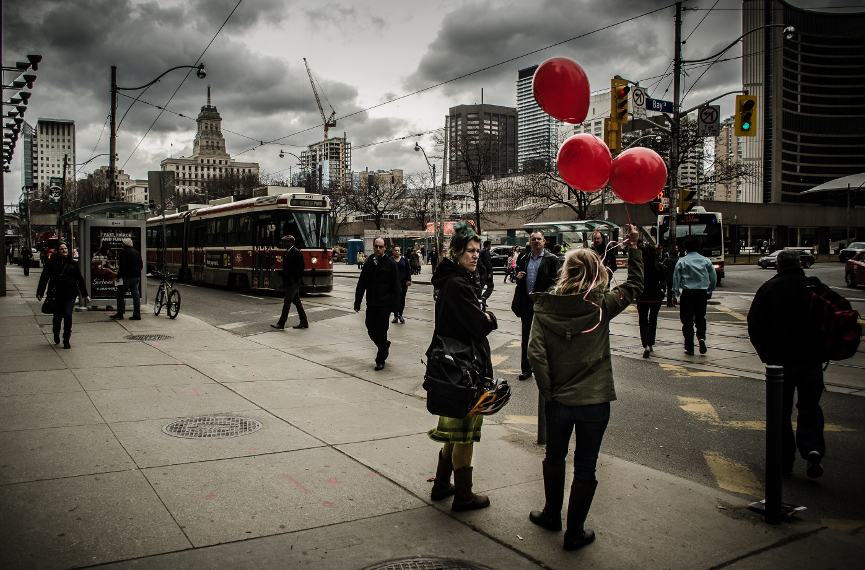What Does Framing Streets Mean?
3 Simple Techniques For Framing Streets
Table of ContentsThe Best Guide To Framing StreetsThe smart Trick of Framing Streets That Nobody is DiscussingThe Greatest Guide To Framing Streets10 Easy Facts About Framing Streets DescribedOur Framing Streets DiariesUnknown Facts About Framing Streets
, typically with the objective of capturing pictures at a decisive or poignant moment by careful framework and timing. https://www.flickr.com/people/199855997@N03/.
All about Framing Streets
Susan Sontag, 1977 Road photography can concentrate on individuals and their habits in public. In this regard, the street professional photographer resembles social docudrama professional photographers or photojournalists who additionally function in public areas, however with the aim of catching newsworthy events. Any of these professional photographers' images may record individuals and residential or commercial property visible within or from public locations, which typically involves browsing moral issues and laws of privacy, safety and security, and building.
Depictions of day-to-day public life develop a style in virtually every period of world art, beginning in the pre-historic, Sumerian, Egyptian and very early Buddhist art durations. Art handling the life of the street, whether within sights of cityscapes, or as the leading concept, appears in the West in the canon of the North Renaissance, Baroque, Rococo, of Romanticism, Realism, Impressionism and Post-Impressionism.
Fascination About Framing Streets
Louis Daguerre: "Boulevard du Holy place" (1838 or 1839) In 1838 or 1839 the initial photo of numbers in the street was recorded by Louis-Jacques-Mand Daguerre in one of a pair of daguerreotype views extracted from his studio window of the Blvd du Temple in Paris. The 2nd, made at the height of the day, shows an unpopulated stretch of street, while the various other was taken at regarding 8:00 am, and as Beaumont Newhall reports, "The Boulevard, so continuously loaded with a check over here moving bunch of pedestrians and carriages was completely singular, except a person who was having his boots brushed.
As a result his boots and legs were well defined, but he is without body or head, due to the fact that these were in motion." Charles Ngre, waterseller Charles Ngre. https://codepen.io/framingstreets1/pen/NWJrZWo was the first professional photographer to attain the technological sophistication called for to register individuals in movement on the street in Paris in 1851. Professional Photographer John Thomson, a Scotsman functioning with journalist and social protestor Adolphe Smith, released Road Life in London in twelve regular monthly installments beginning in February 1877
Framing Streets Can Be Fun For Everyone
Eugene Atget is concerned as a progenitor, not since he was the very first of his kind, yet as an outcome of the popularisation in the late 1920s of his record of Parisian roads by Berenice Abbott, who was motivated to take on a comparable documentation of New York City. [] As the city developed, Atget helped to advertise Parisian streets as a deserving topic for digital photography.

Framing Streets Can Be Fun For Anyone
Andre Kertesz.'s extensively appreciated Images la Sauvette (1952) (the English-language version was labelled The Decisive Moment) promoted the idea of taking a photo at what he labelled the "crucial moment"; "when form and material, vision and make-up merged into a transcendent whole" - photography presets.
The Only Guide to Framing Streets
The recording maker was 'a covert camera', a 35 mm Contax hidden underneath his layer, that was 'strapped to the breast and linked to a long cord strung down the ideal sleeve'. However, his job had little modern impact as as a result of Evans' sensitivities about the creativity of his job and the personal privacy of his subjects, it was not released until 1966, in the publication Numerous Are Called, with an intro written by James Agee in 1940.
Helen Levitt, then an educator of children, linked with Evans in 193839. She documented the temporal chalk drawings - Best Zoom Lens that became part of kids's road culture in New York at the time, as well as the youngsters who made them. In July 1939, Mo, MA's new digital photography section included Levitt's operate in its inaugural exhibitionRobert Frank's 1958 publication,, was considerable; raw and typically indistinct, Frank's images questioned conventional photography of the time, "challenged all the official rules laid down by Henri Cartier-Bresson and Walker Evans" and "flew in the face of the wholesome pictorialism and wholehearted photojournalism of American publications like LIFE and Time".